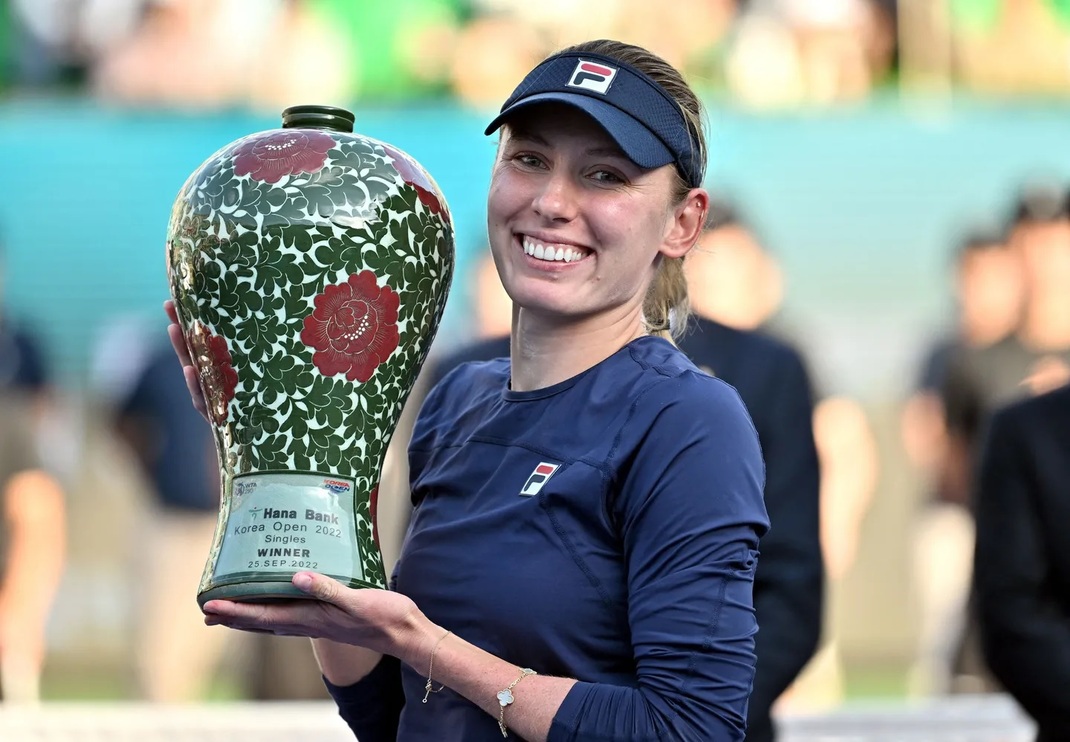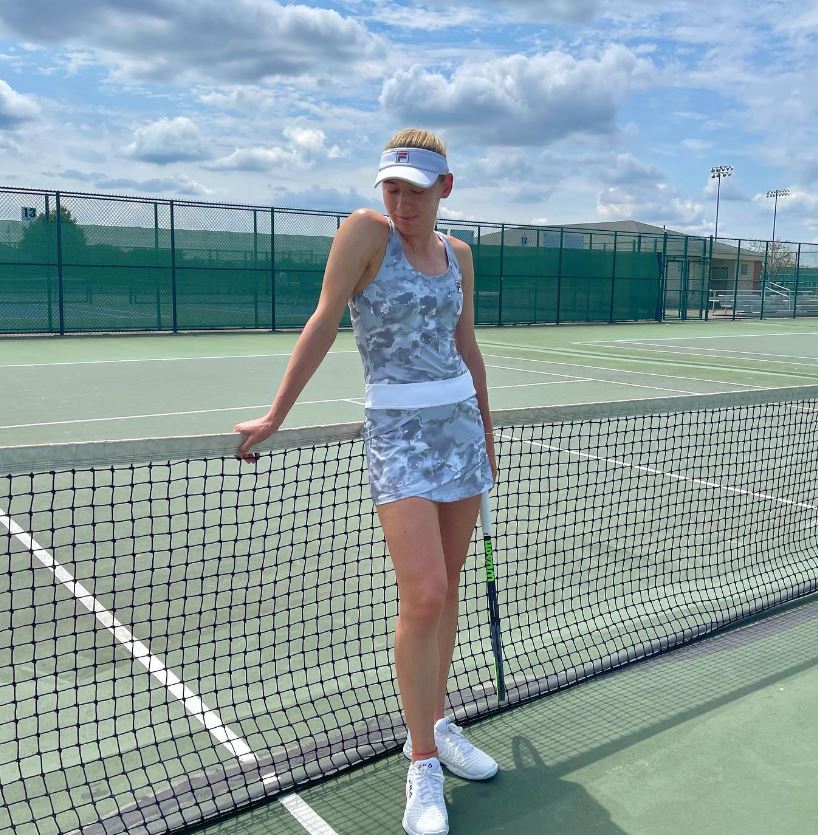Big seed killer - Alexandrova
On the WTA Tour, Russia's Ekaterina Alexandrova has been the talk of the town with her unique style of "strong when you're strong, weak when you're weak." The player, known as the "Big Seed Buster", has repeatedly upset top players in his career, but has repeatedly fallen in front of lower-ranked players. In the just-concluded Stuttgart, she drew attention to her unique record by beating the likes of Andreeva and Pegula to reach the semi-finals. Her style of play is aggressive, with a very high ceiling, but also a surprisingly low ceiling – she has only reached the round of 16 once in a Grand Slam, with most of the rest of the tournaments exiting in the first three rounds. Behind this extreme contrast, there are not only the limitations of technical characteristics, but also the deep reasons of psychology and team management.

Alexandrova's title of "Big Seed Buster" is not in vain. In Charleston 2025, she swept past China's Jinhua Zheng Qinwen 6-1 6-4, ending the latter's 13-match winning streak on clay and winning three straight matches against the top 10 players. In Miami last year, she beat the then world No. 1 Swiatek 6-4 6-2 to beat the current ball for the first time in her career. In Doha this year, she defeated Sabalenka in three sets to complete a two-match winning streak against the world No.1. In addition, she has also defeated Rybakina, Gauff and other Grand Slam champions, and has been called a "top ten killer" by foreign media.

From a technical point of view, first of all, she has a violent combination of serve and forehand, and Alexandrova, who is 1.75 meters tall, has a masculine serving technique, often breaking through 180 kilometers per hour on a serve, and suppressing the opponent's backhand with a large-angle serve from the outside corner. Her forehand attack is her killer weapon, and she is good at mobilizing opponents through deep landing points to create winning points. Then, when facing top players, her return attack rate is as high as 42%, especially in key points, often cutting short or changing lines at a large angle to disrupt the opponent's rhythm, such as against Zheng Qinwen, 73% of the return ball goes straight to the backhand position, forcing the opponent to make mistakes on the run. Finally, in terms of psychology, she frequently self-destructed the battle situation due to mood swings in her early years, but in recent years, she has learned to "remain patient when she falls behind and wait for the opportunity to kill her".

Despite her impressive win rate against the top players, Alexandrova's consistency has been criticized. She has made consecutive rounds in Dubai, Indian Wells and Miami in 2025, all of which are ranked outside the top 30. This contrast exposes the following problems: First, her "three-board axe" tactics (serve + forehand attack) will fall into passivity once the lower-ranked players are adapted. For example, opponents often use fast-paced baseline confrontations to drain their stamina, or take advantage of their weaknesses of increasing backhand straight error rate to continue to press; Second, Alexandrova's matches often have "power outages", such as in Charleston 2025 against Zheng Qinwen, where her concentration dropped after leading 5-0 in the first set, and she made 35 unforced errors. The over-reliance on explosive play makes it difficult for his physical strength to support long-game battles; Thirdly, the frequent changes in the coaching staff have exacerbated her instability. At the beginning of 2025, her key point win rate plummeted from 63% to 51% during her three-month "free-range period". In addition, injuries (such as chronic elbow injuries) also made her reluctant to serve at full strength in matches, and her first-serve success rate dropped by 15% compared to previous years.

In Alexandrova's career, she has never been able to break through the Grand Slam results, except for reaching the round of 16 at Wimbledon 2023, the rest of the tournaments have stopped in the first three rounds. This kind of performance is closely related to the characteristics of her playing style and psychological quality: the long-set format of Grand Slams requires players to output consistently and consistently, and she is prone to fall into a vicious cycle of "self-blame" in a high-pressure environment, especially against unseeded players, and negative body language often becomes a negative motivation for opponents. Similarly, Alexandrova inherited the characteristics of the poor psychological quality of Russian female players, which greatly affected the length of time she stayed in the Grand Slam draw table.

Alexandrova's career has been a game of contradictions, with a thunderous topple of the world number one and a low-level mistake at the hands of a nobody. This extreme contrast is both her charm and the shackles that prevent her from reaching the top ranks. If the three dimensions of technology, psychology and team can be balanced, this "big seed nemesis" may be able to write a more brilliant chapter in the future. As she puts it, "Even if it seems hopeless, I need to do something." ”(Source: Tennis Home Author: Xiaodi)







 Links
Links
 Contact
Contact
 App
App


